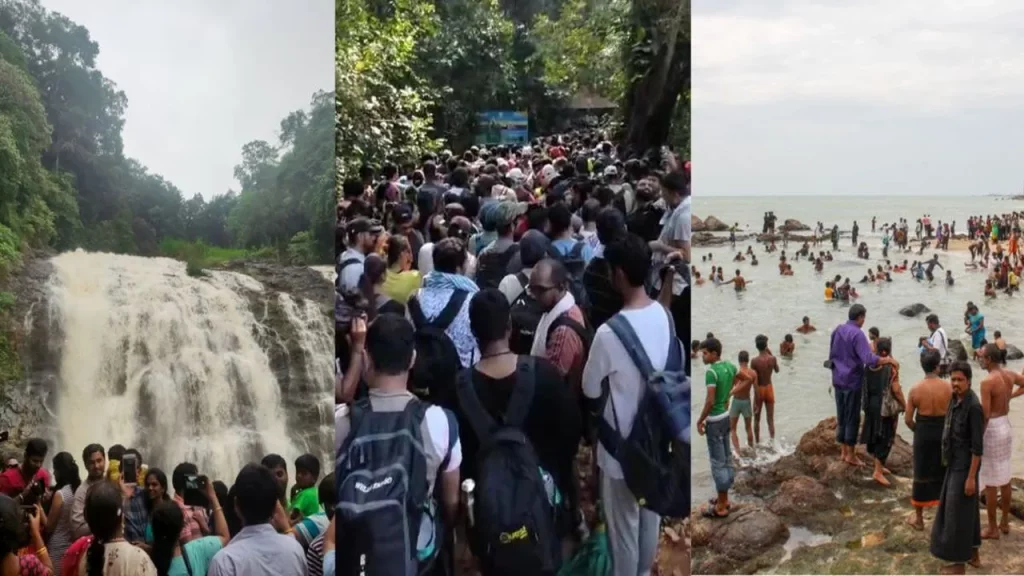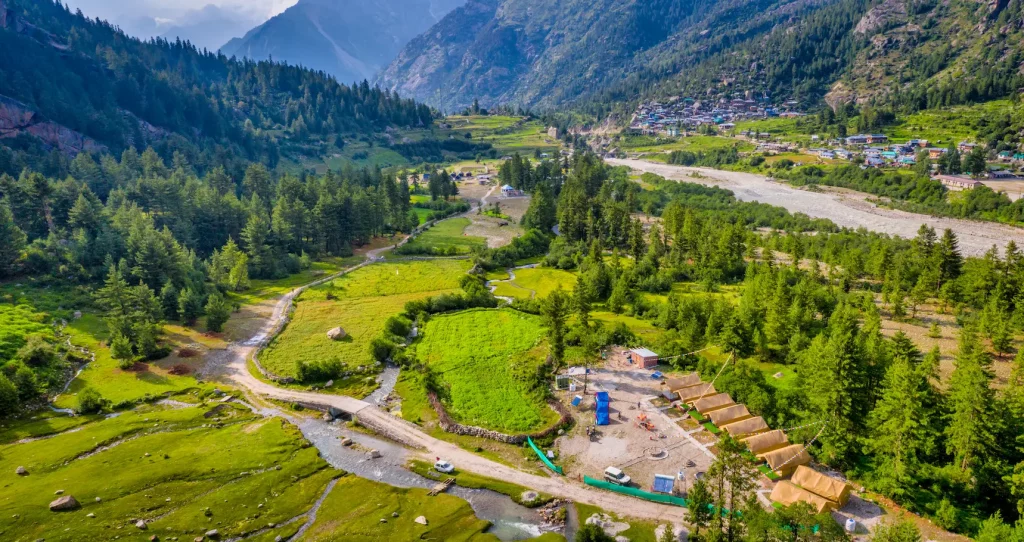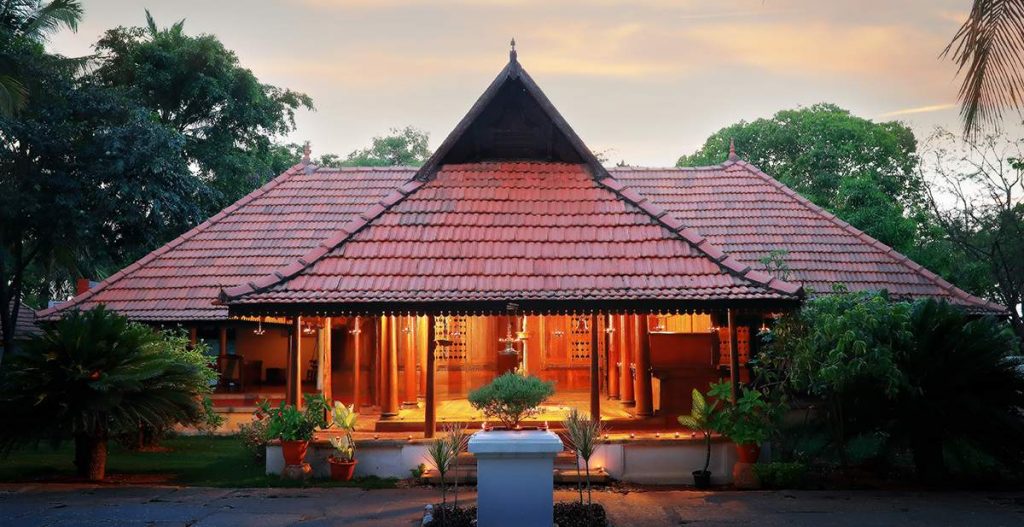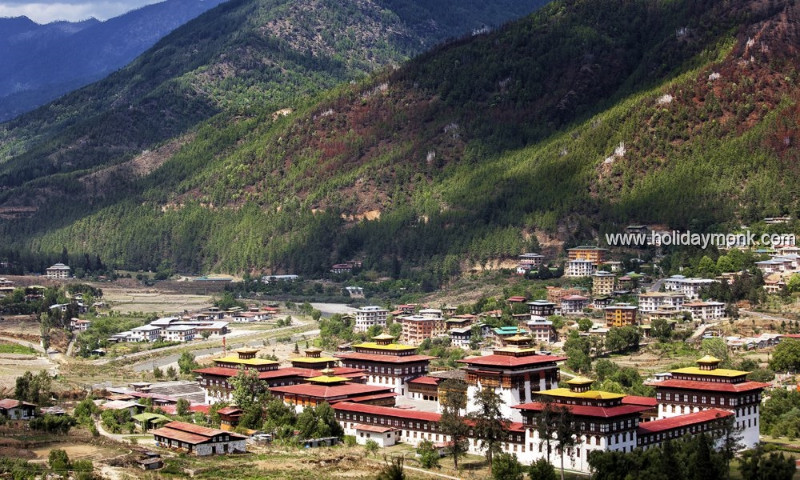Over tourism occurs when the number of tourists in a destination exceeds its capacity to handle them sustainably, leading to negative impacts on the environment, local communities, and cultural heritage. In India, a country with a rich cultural tapestry and diverse natural attractions, over tourism is a growing concern in several iconic destinations.
Causes of Over tourism in India
- Increased Accessibility and Affordability:
- Budget airlines, improved rail networks, and affordable accommodation options have made travel easier and cheaper.
- Growth of digital platforms like travel apps has popularized lesser-known destinations, often without adequate infrastructure.
- Seasonal Tourism:
- Heavy tourist influx during specific times, such as festivals or holidays, leads to overcrowding. Destinations like Goa during New Year or Manali in summer see a surge beyond their capacity.
- Lack of Regulation:
- Inadequate planning and regulation regarding the number of tourists allowed in sensitive areas like national parks, heritage sites, and hill stations exacerbate the issue.
- Lack of enforcement of carrying capacity norms.
- Promotion of Iconic Destinations:
- Excessive marketing of popular destinations like the Taj Mahal, Jaipur, and Kerala creates an imbalance, while other potential sites remain underexplored.
- Social Media Influence:
- The rise of social media-driven tourism has led to increased traffic at “Instagram-worthy” spots, often with little concern for sustainability.
Consequences of Over tourism in India
- Environmental Degradation:
- Pollution of water bodies like Dal Lake in Srinagar and the Ganga River due to waste generated by tourists.
- Increased carbon footprint and deforestation in ecologically sensitive areas like the Western Ghats and Himalayas.
- Damage to Heritage Sites:
- Overcrowding and vandalism at UNESCO World Heritage Sites like the Taj Mahal and Ajanta-Ellora Caves.
- Wear and tear of monuments from excessive foot traffic.
- Strain on Local Communities:
- Rising cost of living and real estate in tourist-heavy areas like Goa, displacing locals.
- Overwhelmed infrastructure leading to water shortages and power cuts.
- Loss of Authenticity:
- Commercialization and loss of cultural integrity in places like Jaipur and Varanasi.
- Overburdened Infrastructure:
- Congestion and poor waste management, especially in hill stations like Shimla and Mussoorie.
- Traffic jams and overcrowded public transportation during peak seasons.
Solutions to Over tourism in India
- Diversifying Tourism:
- Promote lesser-known destinations (e.g., Northeast India, Chhattisgarh, and Odisha) to distribute tourist traffic.
- Develop rural and eco-tourism initiatives.
- Enforcing Regulations:
- Implementing carrying capacity limits for sensitive areas and strict monitoring of tourist behavior.
- Introducing visitor caps and timed entry systems for monuments and national parks.
- Sustainable Infrastructure Development:
- Invest in eco-friendly infrastructure such as waste management systems, renewable energy sources, and green public transport.
- Ensure that roads, accommodation, and sanitation facilities in tourist spots can handle peak loads.
- Educating Tourists:
- Awareness campaigns to promote responsible tourism practices, such as avoiding littering and respecting local customs.
- Incentivizing tourists to travel during off-peak seasons.
- Policy and Governance:
- Formulate state and national policies focused on sustainable tourism development.
- Encourage public-private partnerships to balance profit motives with sustainability.
- Leveraging Technology:
- Use apps and websites to track real-time crowd levels and suggest alternative destinations.
- Encourage digital ticketing and visitor management systems to regulate entry.
By addressing over tourism with a mix of regulation, education, and infrastructure improvements, India can ensure that its rich heritage and natural wonders remain sustainable for future generations while continuing to benefit local economies.






Over-tourism in India is a crucial topic that deserves attention, and this blog does a great job highlighting the causes and consequences. Implementing sustainable tourism practices is vital to preserving India’s natural beauty and cultural heritage for future generations. For travelers looking to explore responsibly, partnering with the Best Travel Agency in India can help ensure a balanced and eco-friendly experience. Great insights—kudos to the author!